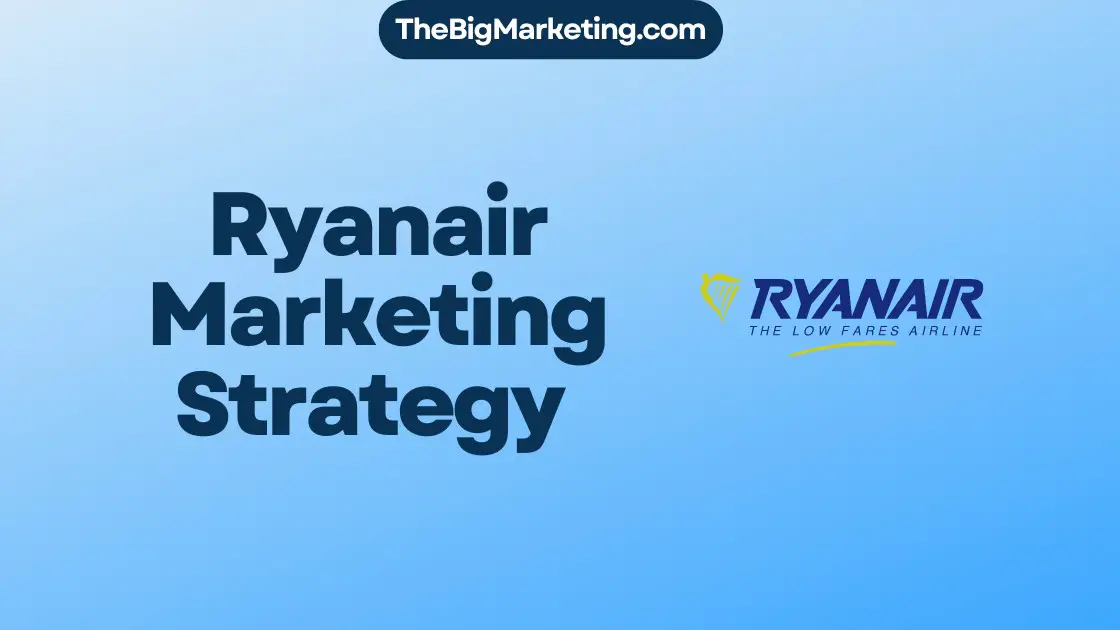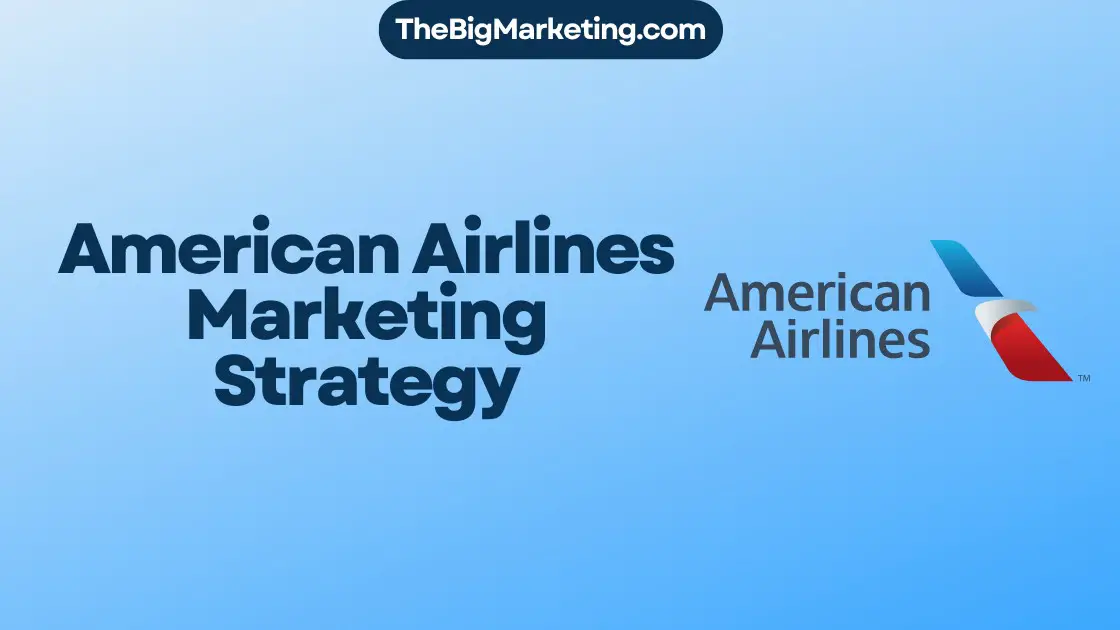Welcome to our comprehensive guide on CPG marketing. We’re diving into the consumer packaged goods (CPG) marketing world. We will look into strategies, trends, and challenges CPG marketers face. This guide is for both experienced marketers and newbies. It’s designed to offer insights and aid in understanding the ever-changing CPG marketing field.
Key Takeaways:
- CPG marketing involves activities and campaigns used to generate awareness, brand affinity, and loyalty for consumer packaged goods.
- CPG products are everyday items that consumers regularly need to replace or repurchase, such as food, beverages, household cleaners, and toiletries.
- Effective CPG marketing strategies can drive sales, increase market share, and create a positive brand image.
- CPG marketers employ various strategies, including paid advertising, promotions, and partnerships with retailers to promote their products.
- Challenges in CPG marketing include limited access to purchase data, the impact of user-generated content on brand reputation, and the need to attract and retain customers in an era of reduced brand loyalty.
What is Consumer Packaged Goods (CPG)?
Consumer packaged goods (CPG) are products we use every day and buy over and over. They include things like food, drinks, cleaning supplies, and beauty items. Unlike things that last a long time, like cars, CPGs are bought more often.
CPGs are crucial for our day-to-day living and meet our basic needs. You can find them in many places: grocery stores, convenience stores, and online. Shopping for groceries or refilling home essentials involves these goods heavily.
To help you understand better, here are some famous CPG brands:
- Nestlé: The Swiss company offers lots of CPG items, like KitKat, Nescafé, and Maggi.
- P&G: Procter & Gamble makes well-known products such as Tide, Pampers diapers, and Gillette razors.
- Coca-Cola: Famous for drinks, Coca-Cola’s brands include Coca-Cola itself, Sprite, and Fanta.
- Colgate-Palmolive: They make Colgate toothpaste, Palmolive dish soap, and Softsoap hand soap. These are household names.
Consumer packaged goods are key to our everyday life and the economy. Up next, we’ll delve into CPG marketing strategies and their importance to the industry.
The Importance of CPG Marketing
CPG marketing is key in making people aware of and loyal to consumer packaged goods. It allows companies to stand out in a crowded market. With effective strategies, CPG brands can sway buying decisions and create a strong brand presence.
Targeted ads and promotions are a big part of CPG marketing. They help companies reach their audience and increase sales. This leads to more revenue for CPG companies.
Moreover, CPG marketing is vital for growing market share. With so many brands competing, effective marketing is a must. Through social media and partnerships with influencers, CPG brands can reach more people and grab a bigger market share.
Building a positive brand image is another big plus of CPG marketing. A memorable product and trust lead to loyal customers. By sharing their values and benefits, CPG marketers can make a brand that stands out to their audience.
In conclusion, CPG marketing is essential for the success of consumer goods. It helps companies be unique, sell more, get a bigger market share, and create a strong brand. With smart and creative campaigns, CPG brands can connect with people and thrive in a competitive world.
CPG Marketing Strategies
CPG marketers use many strategies to reach their audience. They use paid ads, promotions, and partnerships to get noticed and sell more. Let’s look at some important strategies for marketing CPG:
Paid Advertising
For paid ads, CPG marketers use the web, TV, print, and billboards. They aim their ads to reach the right people and make their brands known. Ads on the internet, social media, and searches are great ways to show off products and talk to potential buyers.
Promotions
Promotions are key for CPG marketing. They get people to try and keep buying products. Brands offer deals, coupons, and loyalty rewards to keep customers coming back. These promotions can happen in stores, online, or through retailer partnerships.
Partnerships with Retailers
Working with retailers is a smart move in CPG marketing. It makes brands more visible and reaches more customers. Things like co-marketing, joint deals, and exclusive launches boost a brand’s value and sales.
Organic Marketing Initiatives
Besides paid ads and deals, CPG marketers also do organic marketing. This includes creating valuable content that establishes the brand as a leader. Sharing tips, recipes, or customer stories on social media helps connect with people. Email campaigns are also great for keeping in touch with customers and introducing new items.
To do well in CPG marketing, it’s crucial to know your audience well. Mixing paid ads, deals, and organic efforts can really help promote products, increase sales, and keep customers loyal for a long time.
Challenges in CPG Marketing
The consumer packaged goods (CPG) industry offers many opportunities. But, marketers face important challenges that can affect their work. These include having limited access to first-party purchase data, the effects of user-generated content (UGC) on brand reputation, and changing brand loyalty.
Limited Access to First-Party Data
One major issue for CPG marketers is the lack of first-party purchase data. Without detailed customer data, it’s hard to make personalized offers and improve marketing plans. Not fully understanding consumer likes and actions limits targeted marketing’s success.
CPG brands can tackle this problem by partnering with retailers. Such partnerships can unlock access to valuable purchase data. These insights help marketers understand customer buying habits and preferences, making their marketing more personalized and relevant.
The Impact of User-Generated Content
User-generated content (UGC) plays a big role in CPG marketing today. Before buying, consumers often look at reviews, ratings, and advice from others. Positive UGC can improve a brand’s reputation and influence choices. But, negative reviews can hurt a brand’s image and trustworthiness.
To keep a good brand image, CPG marketers need to watch and manage UGC well. This means connecting with consumers, addressing bad feedback, and using positive UGC to support brand loyalty. Engaging in the UGC space lets CPG brands guide the conversation about their products and keep a good reputation.
Shifting Landscape of Brand Loyalty
Nowadays, people are not as brand loyal as before. With so many choices and easy access to info, consumers switch brands for better prices, convenience, or quality. This lack of loyalty is a constant struggle for CPG marketers aiming to draw in and keep customers.
To build brand loyalty, it’s vital to create meaningful connections through personalized experiences, great customer service, and regular engagement. With data-driven insights, CPG marketers can better know their audience. This allows them to shape their marketing to meet consumer needs and likes.
| CPG Marketing Challenges | Challenges |
|---|---|
| First-Party Data Access | Limited access to first-party purchase data |
| User-Generated Content | Negative impact on brand reputation |
| Brand Loyalty | Shifting consumer behavior |
In short, CPG marketers deal with challenges in getting valuable first-party data, handling the effects of user-generated content, and keeping brand loyalty in a tough market. Facing these challenges head-on and finding strategic solutions will help CPG brands succeed and connect with their audience.
CPG Marketing Trends and Innovations
CPG marketing is always changing because of new consumer likes and market trends. Marketers need to keep up with the latest trends and innovations in the field. We’ll look at the trends shaking up the CPG industry now.
Focusing on Health with Smaller Portioned Packs
One big CPG marketing trend is focusing on health. Brands now offer smaller packs for those wanting healthier options. This trend meets the need for balanced diets and easy, on-the-go choices.
Prioritizing Sustainability
Today, being green is crucial in CPG marketing. Brands are using recyclable materials and cutting down on waste. They are making eco-friendly choices to attract eco-conscious shoppers and help our planet.
Limited Release Drops
Limited release drops, first seen in fashion, are now in the CPG sector. Brands release special products in small quantities. This makes these items feel exclusive, pushing buyers to act fast.
Gathering Zero-party Data through Quizzes
CPG marketers are getting smarter with data, using quizzes to learn about their consumers. These quizzes reveal what shoppers like, helping marketers customize their efforts.
Experiential Retail
With online shopping booming, physical stores are evolving. Experiential retail makes shopping in-person unique and fun. It mixes online and in-person shopping, making customers loyal and happy.
Using Delivery Apps as Distribution Channels
Food delivery apps open new doors for CPG brands. Partnering with these apps lets brands deliver right to your door. It’s a way to meet the demand for convenience and boost sales.
Seeking Expert Endorsements
Endorsements are essential in marketing, especially in the CPG world. Working with known experts or influencers builds trust. It also introduces brands to new audiences, increasing loyalty.
Recent CPG Marketing Trends and Innovations
| Trend | Description |
|---|---|
| Focusing on Health with Smaller Portioned Packs | Offering smaller portioned packs to cater to health-conscious consumers seeking moderation and convenience. |
| Prioritizing Sustainability | Implementing eco-friendly practices, such as using recyclable materials and reducing packaging waste. |
| Limited Release Drops | Launching limited edition or seasonal products in exclusive quantities to create a sense of urgency and exclusivity. |
| Gathering Zero-party Data through Quizzes | Engaging consumers with quizzes to collect valuable zero-party data for personalized marketing efforts. |
| Experiential Retail | Creating immersive in-store experiences that bridge the gap between online and offline channels. |
| Using Delivery Apps as Distribution Channels | Partnering with delivery apps to reach a wider audience and offer convenient product delivery. |
| Seeking Expert Endorsements | Collaborating with industry experts or influencers to add credibility and expand brand reach. |
These trends and innovations are shaping CPG marketing. They help brands connect with their audience, stand out, and grow. By using these trends, CPG marketers can better navigate the industry’s changes.
The Role of Branding in CPG Marketing
Branding is key in CPG marketing. It sets companies apart and builds consumer trust. Good branding makes people loyal to a brand
and affects what they buy. CPG marketers must create a clear brand identity. They should also share what their brand stands for with their audience.
Building Brand Recognition
CPG branding creates brand recognition. This lets people spot the brand among others. Well-known brands attract new and keep old customers.
Distinct visual elements like logos help with this. They make a brand memorable and boost recognition.
Fostering Brand Loyalty
Good branding makes customers loyal. If they have a good experience and share the brand’s values, they’ll likely stick around. Loyal customers buy again and tell their friends, growing the brand.
Influencing Purchasing Decisions
CPG branding affects what consumers buy. Trusted and recognized brands are chosen more often. Great branding highlights a product’s value
and how it meets needs or preferences. This sway consumers in the brand’s direction.
| Brand | Recognition Level | Brand Loyalty |
|---|---|---|
| Tropicana | High | Strong |
| Generic Store Brand | Low | Minimal |
Tropicana’s solid branding leads to high recognition and loyalty. This contrasts with generic brands, which lack both.
Branding allows CPG marketers to stand out, gain recognition, build loyalty, and influence choices. A strong brand identity and keeping promises are vital for lasting success in the competitive CPG market.
The Impact of Digital Marketing on CPG
Digital marketing has changed how consumer packaged goods (CPG) are promoted and sold. It includes online ads, social media, and working with influencers. These tools help CPG brands connect with customers and increase sales.
Online ads help CPG brands reach more people. They place targeted ads on websites, search engines, and social media. These ads match consumers’ interests, grabbing their attention and bringing in leads.
Social media is key for CPG brands to reach their audience. Brands use Facebook, Instagram, and Twitter to talk directly to customers. They build loyalty and show their products in fun, creative ways.
Working with influencers is also important for CPG marketing today. Brands partner with popular social media users. Those users endorse products to their followers. This boosts the brand’s awareness and trust among potential customers.
The rise of e-commerce has also changed the CPG industry. Brands sell directly to customers online. This lets them avoid traditional stores and connect directly with their buyers.
In summary, digital marketing offers new ways for CPG brands to engage with customers. With strategies like online ads, social media, and influencers, brands can promote their products. They also build brand loyalty and boost sales in the digital age.
Conclusion
CPG marketing is all about staying fresh and in tune with what shoppers want. Brands must keep innovating to stand out in a crowded market. They need smart strategies that not only boost sales but also spark interest among buyers. It’s all about knowing your audience, using digital channels wisely, and creating a strong brand people remember.
To really connect with customers, CPG brands must dig deep into consumer behavior. This means doing your homework to understand what buyers are looking for. With this knowledge, brands can craft their marketing to match current trends. By staying adaptable, they can keep their strategies fresh and stay ahead of the game.
Digital marketing is key in connecting with shoppers today. E-commerce and social media have opened new doors for reaching out directly to buyers. This includes ads online, getting social on platforms, and teaming up with influencers. Through these channels, brands can engage with their audience effectively and form genuine bonds.
In sum, making your mark in CPG marketing needs a smart blend of knowing your customer, embracing digital avenues, and building a brand that sticks. With the right moves and an eye on the latest trends, CPG brands can shine. They can boost their sales and create meaningful relationships with their customers.




